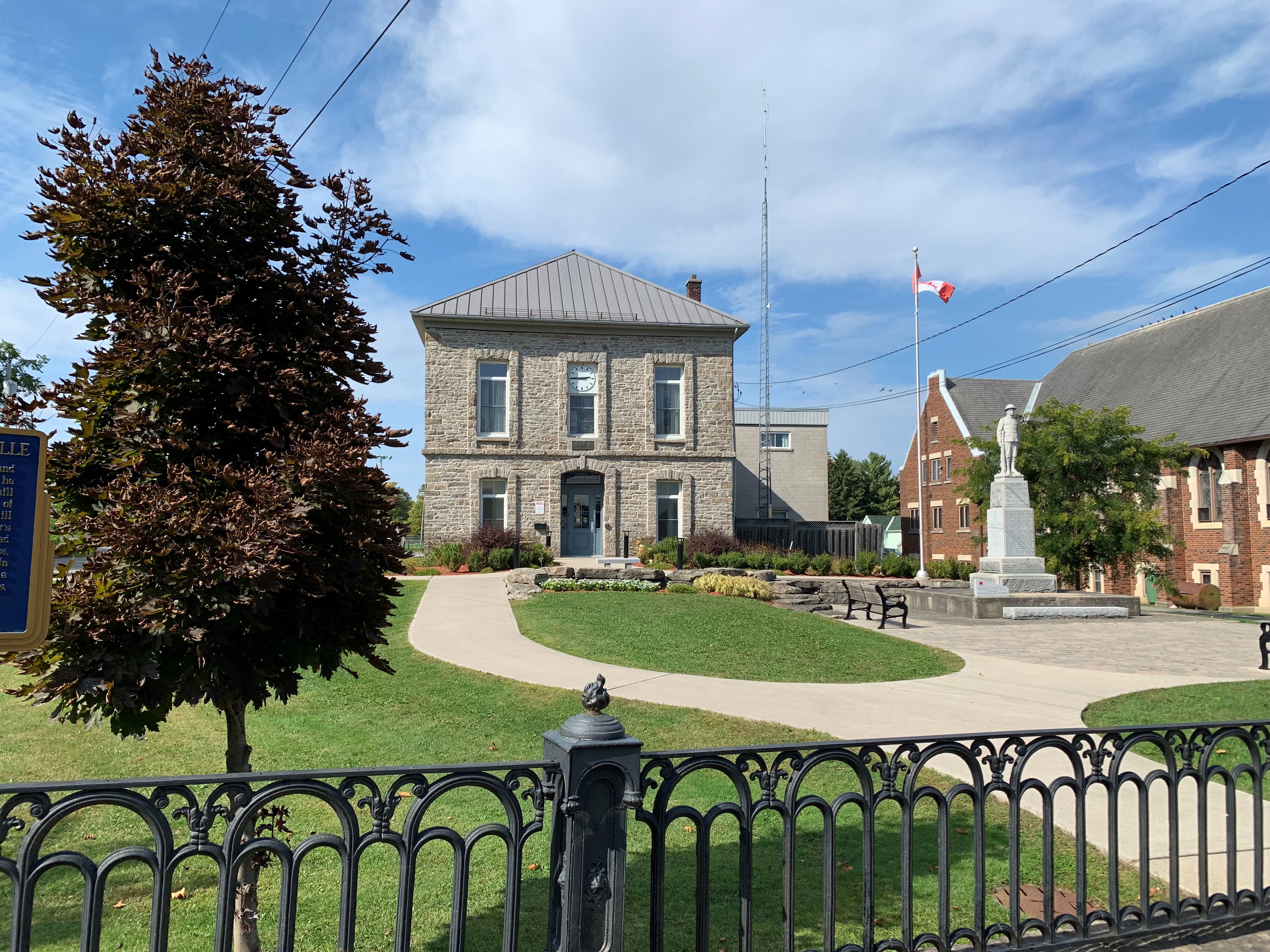About the Township
Located in the heart of eastern Ontario within the United Counties of Leeds and Grenville, the Township of Edwardsburgh Cardinal is home to about 7,500 residents.
The municipality borders the majestic St. Lawrence Seaway to the south and is located at the intersection of provincial Highways 401 and 416. Edwardsburgh Cardinal is less than an hour's drive from the Ontario cities of Kingston, Cornwall and our nation's capital, Ottawa.
The Township includes the industrious Village of Cardinal, the historic seat of municipal government in the Village of Spencerville, as well as many rural hamlets.
Quality of life
A beautiful area with vast countryside settings, quaint downtown districts, historic sites, recreational facilities, schools, churches and parks, the Township provides a welcoming quality of life for residents and visitors to experience and enjoy.
Business opportunities
Strategically located for business operations locally, as well as abroad, the Township's businesses reach large Canadian markets and international markets through the International Bridge to the U.S. across the St. Lawrence River. The Township's deep sea port and grain elevator also connect us commercially to the North American Great Lakes and other worldwide countries.
Township history
The Township of Edwardsburgh Cardinal has a long and rich history. Indigenous peoples lived on this land thousands of years ago. They used the South Nation River and St. Lawrence River for food, travel, and trade. An Iroquoian longhouse village was located west of Spencerville near Roebuck. This village existed from 1300 to 1500 and was part of a larger network of settlements. The people grew crops and relied on the rivers for fishing and trade.
In 1673, French settlers built a storehouse near Johnstown Creek to store supplies. In 1760, the French built Fort de Lévis on Chimney Island to defend against the British. A battle between the French and British happened here, marking the end of French rule in the area.
After the American Revolution, United Empire Loyalists faithful to King George III settled in 1784. They named the area Edwardsburgh Royal Township #6 at Johnstown after Sir William Johnson. By 1789, they had built a town with one-acre lots and streets named after King George III’s family. Each settler drew a lot from a hat, making land distribution fair.
The Johnstown Court House was built between 1795 and 1797, near the present day Seaway Skyway (Prescott-Ogdensburg International Bridge). In 1810, the courthouse moved to Brockville, taking its importance with it. The original Coat of Arms from Johnstown Court House is now in Brockville.
In 1838, about 200 rebels from the U.S. took over a windmill in Johnstown, supporting the Upper Canada Rebellion. The British and local militia fought back, killing 48 men and injuring 89 others. Today, the Battle of the Windmill National Historic Site remembers this event.
Arriving in the area as early as 1811, Peleg Spencer was running a grist mill and sawmill in 1821 on the South Nation River. His son, David Spencer, took over in 1822 and patented the land in 1831. A post office named Spencerville opened in 1846. By 1851, Spencerville had 250 residents, shops, and businesses. The Spencer mills were rebuilt in stone in the 1860s. Today, the Spencerville Mill and Museum shares this history.
In 1855, Spencerville’s Town Hall was built. That same year, the first Spencerville Agricultural Fair was held. This tradition still continues today.
Before 1880, Cardinal was called Point Cardinal, Munro’s Point, Port Elgin, and Edwardsburgh. A grist mill operated there by 1796. The Galop Canal, built in 1846, helped ships move through the river. Canada Starch Works, founded in 1858, still operates today as Ingredion. The first passenger train arrived in 1855, helping the village grow.
The Port of Prescott was built in 1929, and renamed Port of Johnstown in 2014. A grain elevator was built onsite in the early 1930s which has now doubled its storage capacity. The St. Lawrence Seaway opened in 1959, allowing bigger ships to pass. The Seaway Skyway Bridge, completed in 1960, improved travel between Canada and the U.S. The Township of Edwardsburgh Cardinal purchased the port in 2000. A wharf expansion in 2016 and storage development in 2018 improved the port.
On January 1, 2001, Edwardsburgh and Cardinal merged into one township. The province combined smaller municipalities to improve services. Today, Edwardsburgh Cardinal balances rural life, industry, and its location along the St. Lawrence River and Highway 401.














